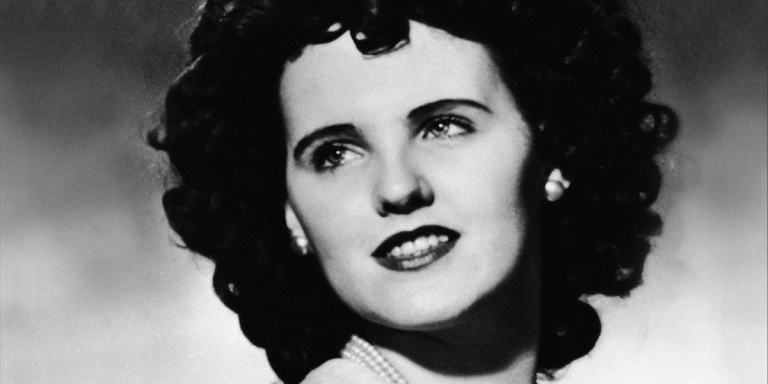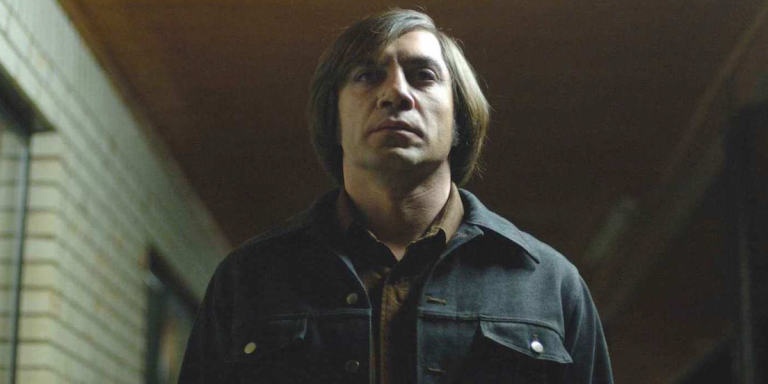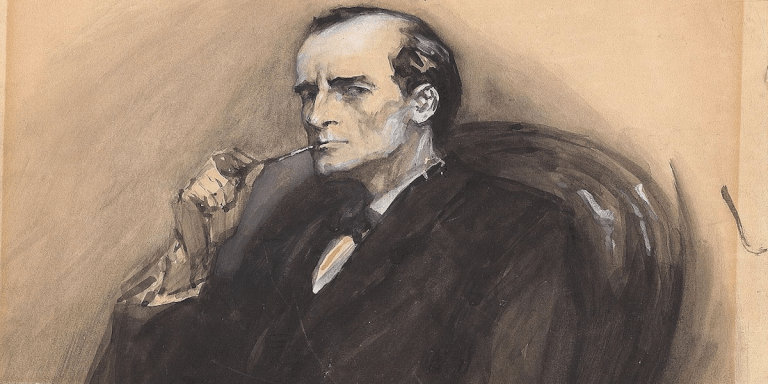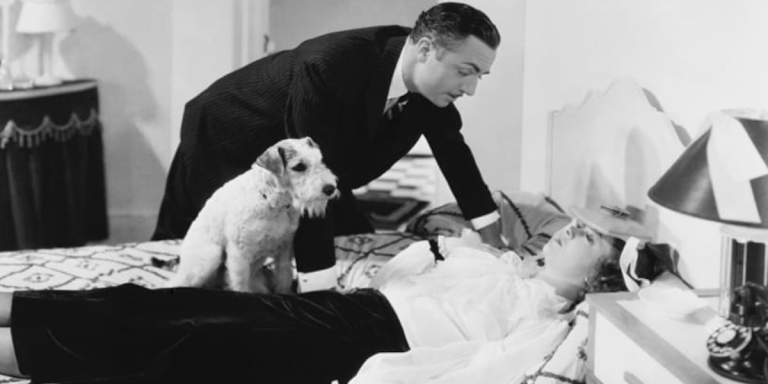The Prolific Life of Arthur Conan Doyle
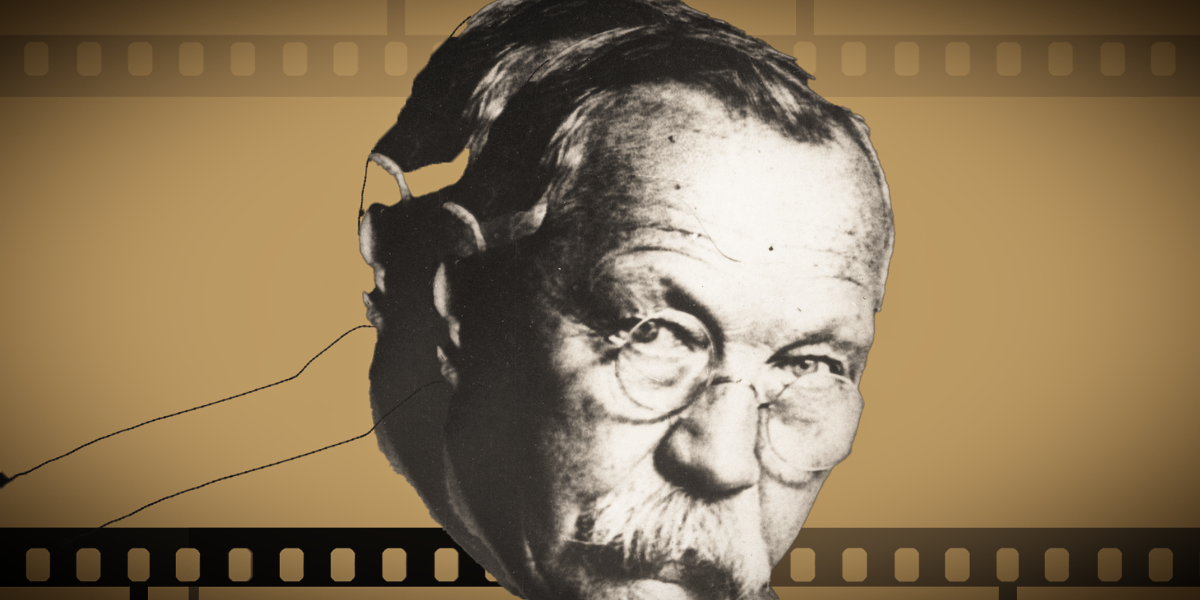 You probably know Sir Arthur Conan Doyle as the creator of the world’s most famous detective, Sherlock Holmes. But as significant as Sherlock Holmes is, it’s only a small part of the author’s story. In addition to his mysteries, Arthur Conan Doyle was a prolific writer who wrote fantasy, science fiction, plays, romance, poetry, non-fiction, humor, and historical fiction. Here is a look at the life and works of Sir Arthur Conan Doyle.
You probably know Sir Arthur Conan Doyle as the creator of the world’s most famous detective, Sherlock Holmes. But as significant as Sherlock Holmes is, it’s only a small part of the author’s story. In addition to his mysteries, Arthur Conan Doyle was a prolific writer who wrote fantasy, science fiction, plays, romance, poetry, non-fiction, humor, and historical fiction. Here is a look at the life and works of Sir Arthur Conan Doyle.
Arthur Ignatius Conan Doyle was born in Edinburgh, Scotland on May 22, 1859. Due to Doyle’s father’s struggles with alcoholism, the Doyle family was split up when the author was very young. For a large portion of Doyle’s childhood, he stayed with the aunt of a friend, Mary Burton. At the age of nine, Doyle was sent to school in England. He studied at the Jesuit school Stonyhurst College but was bored with the school’s curriculum and disagreed with the school’s harsh forms of discipline. Doyle went on to reject the Catholic faith and became an agnostic.
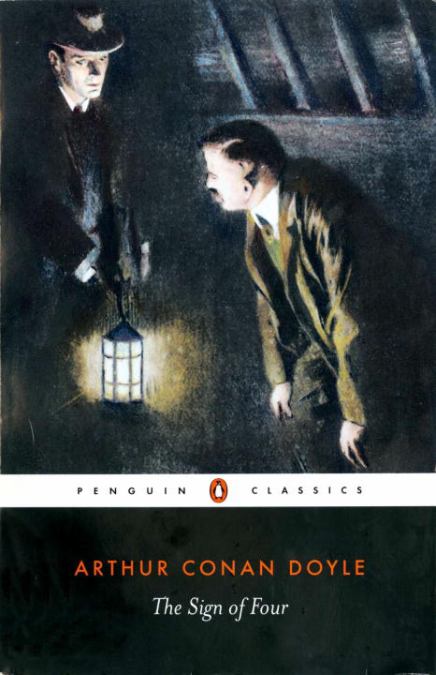 Doyle went on to study medicine at the University of Edinburgh Medical School. At school, Doyle would meet future authors like James Barrie and Robert Louis Stevenson. But most importantly, the university was where Doyle would meet professor Dr. Joseph Bell. Doyle was deeply impressed by the professor’s observation skills and his ability to note every minor detail regarding a patient’s condition. Bell’s incredible ability at diagnostic deduction became the model for Doyle’s most famous character, Sherlock Holmes.
Doyle went on to study medicine at the University of Edinburgh Medical School. At school, Doyle would meet future authors like James Barrie and Robert Louis Stevenson. But most importantly, the university was where Doyle would meet professor Dr. Joseph Bell. Doyle was deeply impressed by the professor’s observation skills and his ability to note every minor detail regarding a patient’s condition. Bell’s incredible ability at diagnostic deduction became the model for Doyle’s most famous character, Sherlock Holmes.
Doyle started work on his first Sherlock Holmes novel in March 1886. A Study in Scarlet was published two years later in Beeton’s Christmas Annual. The story of Sherlock Holmes and Dr. Watson was well-received, but Doyle worried that the work was too commercial for him to be considered a serious author. Doyle much preferred his other works, such as his historical adventure novel Micah Clarke, which was published immediately after A Study in Scarlet in 1889. However, the public was enamored with Holmes, and Doyle was commissioned to write a Sherlock Holmes sequel. That sequel, The Sign of the Four, was released in 1890.
Over the course of Doyle’s career, the author would write 60 stories following the adventures of Sherlock Holmes and Watson. But during that time, the prolific author continued to write many other works. Doyle was actively involved in the Spiritualist movement from 1887 and 1916. In 1893, Doyle attempted to kill off Sherlock Holmes so that he could stop writing about the beloved detective and instead focus on writing about Spiritualism. But in 1901, Doyle revived Sherlock Holmes in “The Adventure of the Empty House.” The money Doyle made from this short story allowed the author to continue his missionary work. This short story, along with twelve others, would later be published as a collection entitled The Return of Sherlock Holmes in 1905. In 1928, Doyle’s final short story collection following the adventure of Sherlock Holmes was published. It was entitled The Casebook of Sherlock Holmes.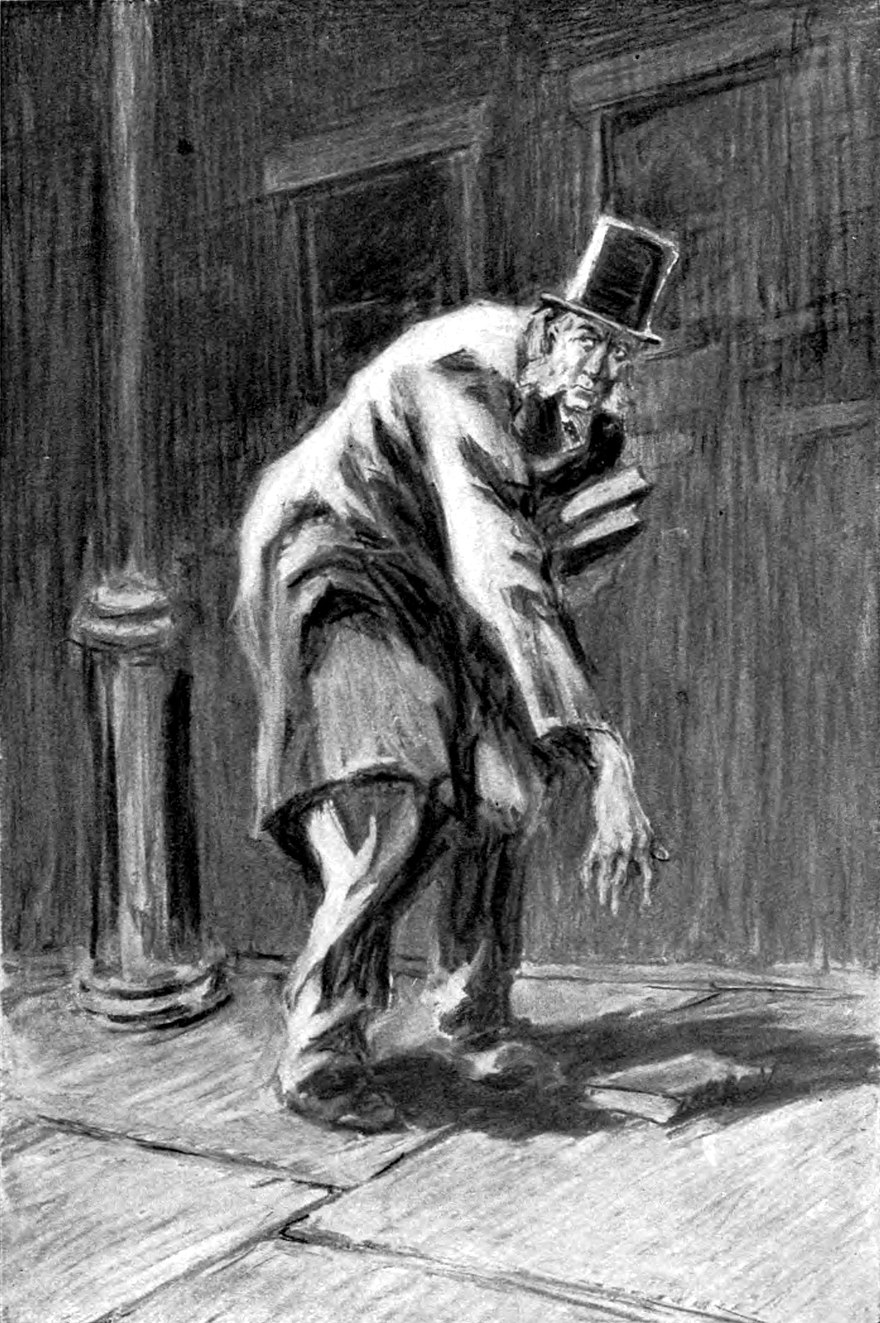
Arthur Conan Doyle’s writing career went far beyond his work on the Sherlock Holmes stories, although those are the works that are most well-remembered today. Throughout the span of his career, the author wrote nearly 200 novels, short stories, poems, and more. Doyle also wrote an autobiography in 1924, entitled Memories and Adventures. While remembered best as an author, Arthur Conan Doyle also had a notable medical career. And in 1902, King Edward VII knighted the author for services rendered to the Crown during the Boer War. Rumor has it that the king was also a big fan of the Sherlock Holmes stories.
Arthur Conan Doyle continued to be a hard-working and prolific author until his dying day on July 7, 1930. Despite having been recently diagnosed with Angina Pectoris, Doyle ignored his doctor’s warnings and moved forward with his plans to take a Spiritualism tour through the Netherlands. Upon returning home, Doyle began to experience severe chest pains and was almost entirely bedridden until his death. He was 71 years old.
Despite Arthur Conan Doyle’s ambivalent feelings about his most famous character, Sherlock Holmes remains the largest part of the author’s legacy. Holmes has had a huge impact on the world in ways the author was likely unable to imagine. In addition to shaping detective fiction as we know, Sherlock Holmes has also had an amazing impact on real-life criminal investigation and forensic techniques. Arthur Conan Doyle was able to accomplish a lot in his lifetime, but it’s Sherlock Holmes who will live on forever.
By clicking 'Sign Up,' I acknowledge that I have read and agree to Hachette Book Group’s Privacy Policy and Terms of Use
What to Read Next
Emily Martin has a PhD in English from the University of Southern Mississippi. She’s a contributing editor at Book Riot and blogs/podcasts at Book Squad Goals.
